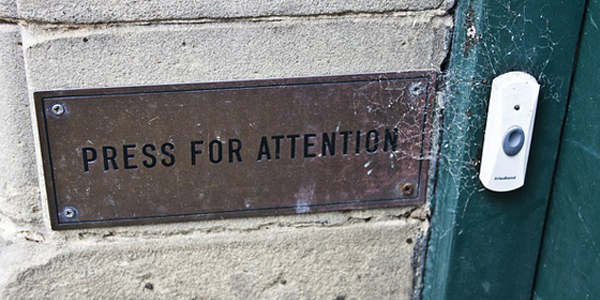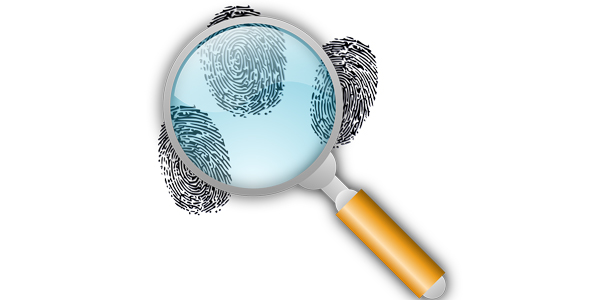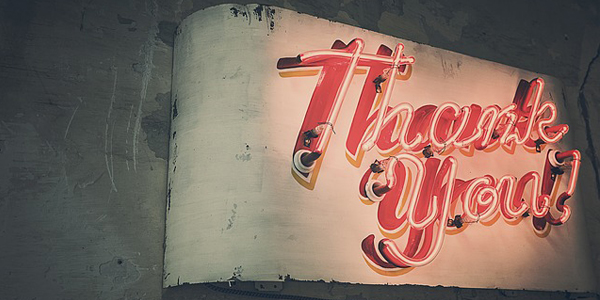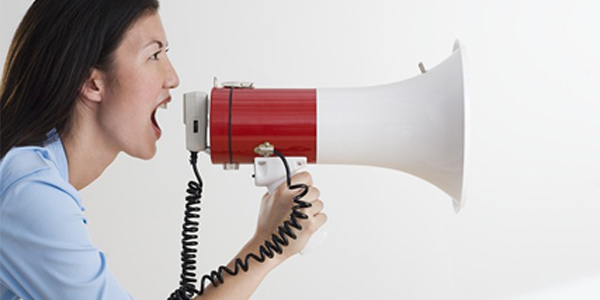How to write a powerful upselling email
You are four times more likely to drive more sales from your current customers than from prospects. So why do so many businesses seem to be missing opportunities that are right in front of them? Why don’t they take advantage of customers who have already purchased from them and who have asked to hear from them?
Upselling via email is a fantastic, low-cost way to increase revenue by reaching out to the customers you know are interested in your offering.
But with people being constantly bombarded with emails that are competing for their attention, how can your email stand out enough to garner a response? In this post we’ll look at how to do upselling via email right, along with a few best practices.
What does upselling mean?
Upselling is a sales strategy where the seller provides an existing customer with the opportunity to upgrade or enhance an already purchased product or service.
For instance, the simplest, most popular example of upselling happens when you walk into a fast food restaurant and order a burger, and you are then asked if you want fries with it. It’s a suggestion that matches what you’ve already ordered and you’re likely to take them up on the offer. So, there you have it, an instant upsell.
Other examples of upselling can be moving pay-as-you-go customers to monthly memberships, providing a longer warranty, or metalic paint on a car.
How to do it right
Let’s look at a few critical elements that your upselling email campaign needs to include in order to turn it into a money-making machine.
Always start with smart data
When it comes to upselling, one of the most important things to remember is this: no matter how well-crafted your pitch is, it’s worthless if you deliver it to someone who isn’t interested.
So, before you begin writing a word, you need to conduct an analysis of your customers’ purchasing behaviour. If you want to make more sales, first you need to know what they’ve purchased in the past and make sure that the offers you’re sending their way are relevant to them.
There’s just so much customer-related data available that all you need to do it dig in a bit, find it and put it to use to develop highly relevant upsell offers. Look at account information and past purchases. Use your Google Analytics account to look at site clicks, views and goals, email response data, and anything else that can give you some insight into the types of offers that you can recommend to customers when upselling. It’s not about how much data you can gather, but about making the most of the data that you have from the sources available to you at that particular moment.
For example, if you have a handmade jewellery shop, your Valentine’s Day email could target men who have already made purchases within the last six months. Using previous purchase data, you could try to upsell customers with a Valentine’s related product.
Or if a customer’s birthday is approaching, you can send them an email with a nice message and a voucher for a discount. For example, when it’s a customer’s birthday or when they’ve signed up to receive your newsletter, it will send an automatic email with your custom message and special offer.
It’s about using data to market in a smart way. So, if you were thinking about emailing hundreds of your subscribers with a particular offer, forget about it as it won’t do you any good. Batch-and-blast is a thing of the past. What works are personalised, relevant offers so make sure you are collecting and using smart data on your customer’s behaviour as this is essential to the success of your email campaigns.
Remind them that they know and trust you
The chances of past customers opening your emails are likely to increase if you remind them right from your subject line that they know you, that you’ve interacted with them before or that they’ve purchased from you.
You can easily do this by writing subject lines like:
- Please rate the [insert product name here] you purchased
- Is there anything more we can do to help you?
- Since you asked to be notified on our new feature release, here goes…
However, you should avoid trying to trick people into reading your emails. For example, never, ever use a fake “RE:” in your subject line in an attempt to trick recipients into believing that your email is part of a conversation that you are having with them. Just don’t as they will lose their trust in you and can easily report you as spam, block you from contacting them or, if they’re feeling generous, they can unsubscribe. That would be the end of your relationship and it’s very unlikely that they will give you a second chance.
Use transactional emails to market your offer
Whenever you’re sending an order confirmation email (whether they’ve purchased a product or signed up to join your event), a receipt or invoice or an alert on a store closing, use these opportunities to upsell. These can make you profit simply because of the closer attention that customers usually give to such important communications so it’s more likely they’ll open the email.
Let’s look at a few examples:
- Receipts
When a customer has completed a purchase or downloaded a product, you send them a final email with the receipt as well as shipping information or the link to download. You can use this opportunity to also ask the customer to sign up for your newsletter, to share their purchase with their friends or to connect with you on social media. Or you could include a short offer at the end of the email.
- Alerts
If a customer has signed up to an “upgrade alert” email that lets them know when the plan they have will increase in price, you can use that email to give them a discount if they pay for the next year in advance.
- Behaviour-triggered emails
Another great example, one that Amazon is great at, is behaviour-triggered email. When a customer is signed in to your website, you can send emails based on the actions they take. Have you noticed that not long after you’ve been on Amazon, they email you with offers for exactly what you were just searching on their site? Make sure you employ this triggered email marketing strategy as it can help skyrocket your sales.
As you can see, there’s definitely room for creativity when it comes to transactional emails. However, make sure you have explicit consent from customers to send them marketing messages. If you don’t, you could be breaking the law.
Keep the 80/20 rule: no more than 20% of your transactional email content should be promotional content. Also, position the marketing content below the transaction-related content your recipient is expecting. In addition, make sure you keep subject lines focused on the nature of the transaction and not the offer within.
Show the benefits of taking action
What’s in it for them if they renew, upgrade or schedule a meeting with you? You need to describe the benefits (not features) to your customers. Excite them with possibilities and help them imagine what more they can do if they upgrade.
When you’re talking about an increase in price, talk about how you’ve enhanced the product or service, what extra awesome features it will include, how it can help them be more productive, healthier, sexier, etc. The message you communicate needs to be clear and to focus on a positive change that they could benefit from if they upgrade.
The copy plays a major role here in letting people know what you are offering. State your offer up front and without too much hype, use short yet powerful sentences and try to keep your email as brief as possible. Also, stay away from industry-specific jargon and overused buzzwords in your copy.
Be clear when you ask for action
Your call-to-action (CTA) needs to be clear so that customers know what they need to do next. Don’t just tell them to visit your website for more information.
This is usually where email marketers often fall short. Double the value of your email by suggesting a clear next step such as:
- Purchasing an upgrade
- Visiting your mobile app
- Signing up for your email newsletters
- Visiting your social media sites to follow, share, like content
- Offering a discount, a voucher or a deal for the next purchase or action
Don’t be too pushy
Being aggressive will cause you to lose customers. So avoid sending multiple emails to the same customer with the same offering in the hope that the fifth one will do the trick. Instead, you could try to be helpful. Did you know that an email written in a helpful tone can increase inquiries compared to an email in a more sales-y tone?
So, instead of “Buy this now!” you might want to try a “How can I help?” email which is enough to open the conversation and to learn more about your customer’s future needs and requirements.
The truth about writing awesome upselling emails
We all need to win business and hit targets. But if your emails show customers that you’re not interested in helping them and instead are only focused on closing a sale, I guarantee you will lose.
The truth is no one is interested in your products. All that prospects want to know is how you can help them save money, be more productive, live healthier. So, you need to show you understand and care about their pains, needs and wants and then make your product or service part of the solution. That’s the key to upselling with email so make sure you convey it.




